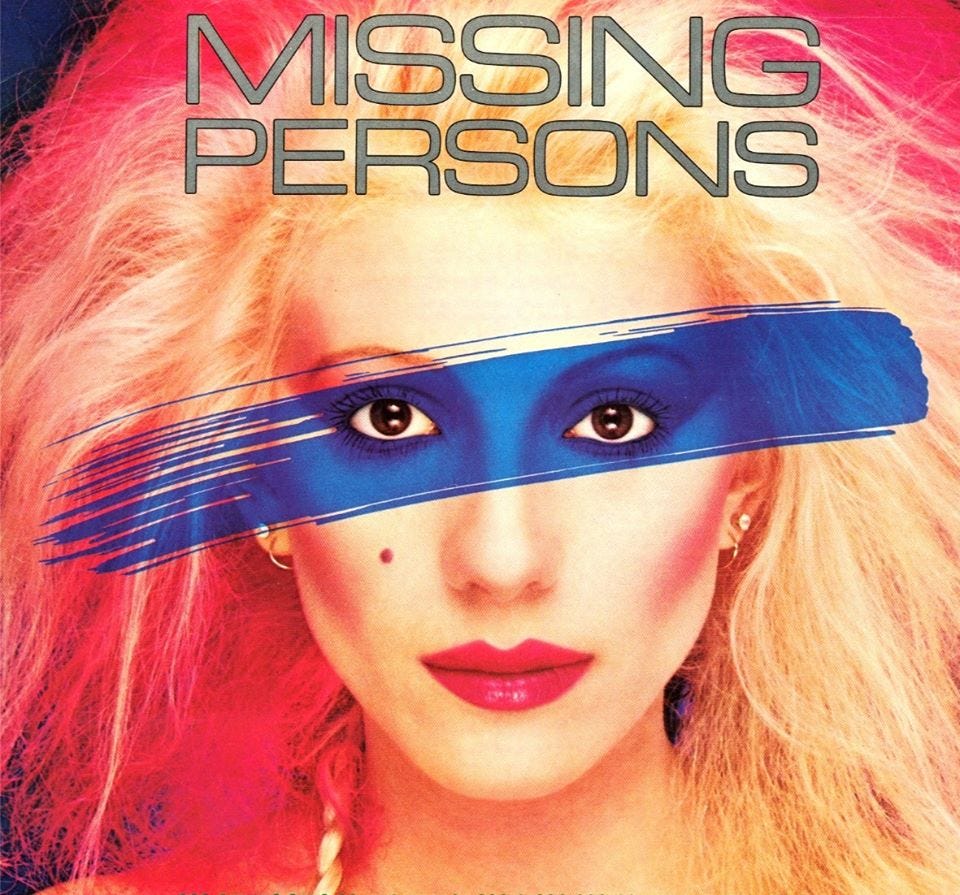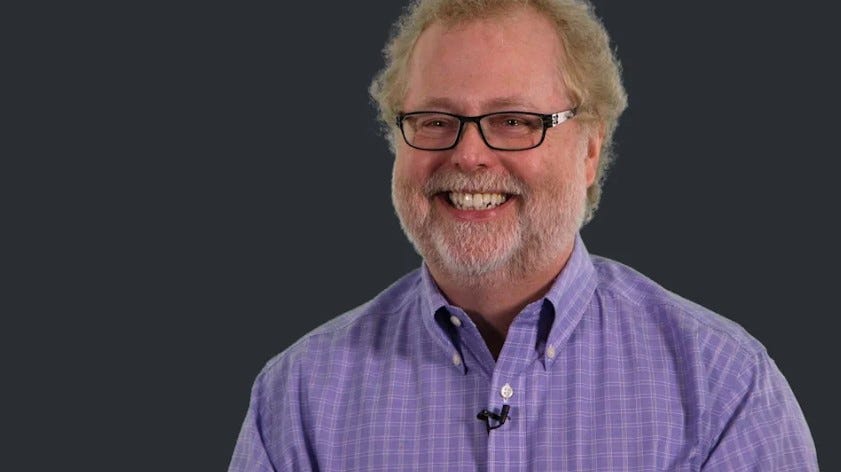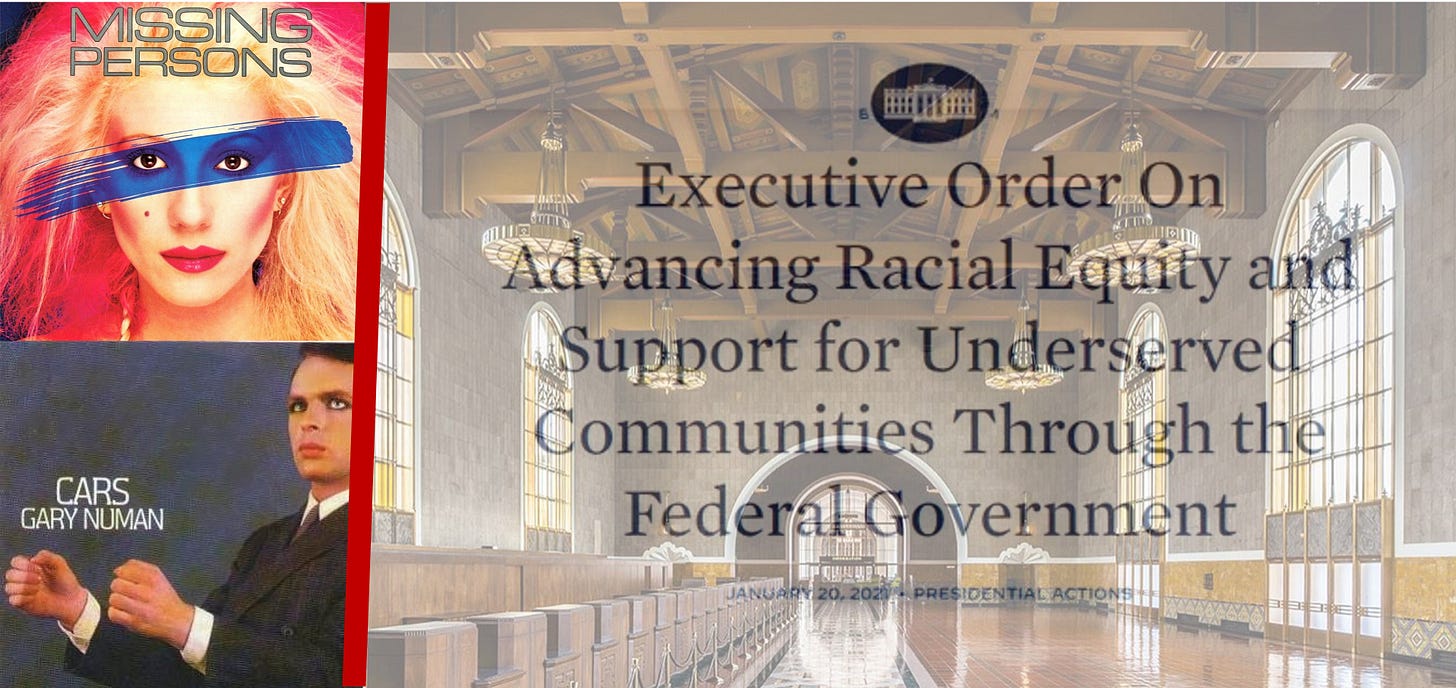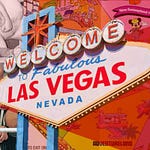Hello Interactors,
I was stuck needing a car this week to meet a friend for coffee, but didn’t have access to one. So, I grabbed a bus and was there nearly as fast as a car would have taken me. That isn’t always the case, of course. The incident brought back some challenging memories of a time when I was suddenly carless in a region known for cars — Southern California.
As interactors, you’re special individuals self-selected to be a part of an evolutionary journey. You’re also members of an attentive community so I welcome your participation.
Please leave your comments below or email me directly.
Now let’s go…
PACIFIC COAST MY WAY
I couldn’t have been in a better mood. It was my 22nd birthday, the sun was shining, and I had just passed a spectacular view. Fields of strawberries stretching out to the Pacific Ocean. And just beyond was an orange and pink gradient sky as the sun dipped behind the dark silhouetted Channel Islands.
I was heading to L.A. from Santa Barbara where I was going to school. I was driving my silver 1983 Dodge Colt with an all maroon interior and vinyl seats. I had splurged on a sheepskin driver’s seat cover to keep my bum and back cool in the relentless southern California sun. My cousin had planned a birthday dinner at her home in Los Angeles, complete with a chocolate cake. I was trying to make good time.

As I climbed out of the flat agricultural valley on Highway 101, up the pass through the Santa Monica Mountains, and into the San Fernando Valley, I heard a loud clunk come from my engine. With my foot all the way to the floor, the car slowed to about 45 miles an hour. It didn’t sound right either. I pulled over and popped the hood, but didn’t know what to look for.
I got back in the car and inched my way to the nearest exit with my hazards flashing, pulled into a gas station, chatted with a mechanic and called my cousin to inform her and her husband to go ahead and celebrate without me. My engine had blown one of it’s four cylinders and I was going to be awhile. I puttered my way 50 miles west on side roads from the valley to the coast. Happy birthday to me.
I ended up selling my car to a scrap yard.
It was a life lesson that was just getting started. Stranded in L.A. without a car, all I could think of was that song, Nobody Walks in L.A., by the 80s band, Missing Persons.
“Walkin’ in L.A. Only a nobody walks in L.A.”
It was still in rotation on L.A.’s famed radio station, KROQ, at the time. But, without a car radio I was stuck humming it to myself as I walked in L.A – a nobody.

American roads are designed to make you feel like a nobody unless you’re in a car. It’s baked into the laws and rights of our roadways. Transportation engineer manuals guide street design to marginalize pedestrians. It’s no accident that nobody walks in L.A., it’s by design. They’re made to humiliate you and scare you into buying a car. Only then will you be somebody.
My first choice to get down to L.A. from Santa Barbara was the train. It took me from a beachside station in Santa Barbara to a gorgeous central station downtown L.A. where my girlfriend would pick me up. It was mostly commuters or vacationers so I felt like I was somebody. But it rarely got up to 50 miles per hour and would stop every 10 or 15 minutes to let another train pass or pick up more passengers. It was the slowest option. Luckily the coastal scenery made it tolerable.

Then I discovered I could take the airport shuttle from Santa Barbara to LAX and she could pick me up there. That was more expensive, but it was fast and went along the scenic Pacific Coast Highway. And it was also filled mostly with business travelers so I felt like I was somebody.
The worst option was the Greyhound bus. The L.A. station was in a rough neighborhood and was filled with some aggressive panhandlers and dealers. My girlfriend was always scared to drive away from that place alone. The ride itself to Santa Barbara was comfortable enough, but was often late at night. I was usually the only White person. There were a lot of Hispanic folks headed to stops near where the strawberry fields were.

One time the driver, also Hispanic, pulled off the freeway, turned onto a gravel road and stopped in what looked like the middle of a strawberry field. It was dark and desolate. He opened the door and on hopped a friend or family member he clearly knew. He got back on the freeway and we were off. At first I was annoyed, but then I realized the driver made that person feel like he was somebody. It made me feel that way too. But I felt like a different somebody than when I was with mostly White affluent business travelers on their way home from LAX. Was I valuing airline travelers more than bus travelers?
Living without a car in a car-centric world shifts your perspective. You encounter life differently and are exposed to more personal interactions. They need not be direct interactions; sometimes just watching a blind person navigate a public space or seeing someone suffering with a mental condition is enough to contemplate your particular plight.
Relying on public transportation hurls you into humanity whether you like it or not. You’re forced to reckon with the reality that you are sharing space and time with people different from you; but it also makes you one of them. A fellow human. Somebody.
But it can be uncomfortable grappling with this truth, so many people seek an escape from reality. And for most Americans, that means buying a car. As Gary Numan says in another new wave hit from the 80s,

Here in my car
I feel safest of all
I can lock all my doors
It's the only way to live
In cars
THE NOTORIOUS GDP
There is one form of public transportation that people seem to tolerate above all others – the airplane. Airports are a lot like train and bus stations, except they’re occupied by people who can afford to be there. And while the airline industry is highly subsidized – making it more affordable to those with modest incomes – the price of an airline ticket is out of reach for most of the world’s population.
Still, large airports provide private lounges for those seeking an escape from even the modestly privileged. I’ve been in these lounges and they can be very nice. Especially on an overseas trip. But as nice as they are, I’m always reminded there are some, now more than ever, who deem even those exclusive sanctuaries to be below them. Even sharing a ride with other first class passengers is a step too deep into humanity. So they buy their own jets. Maybe it’s time for Gary Numan to update his lyrics.
Here in my Lear
I feel safest of all
I can lock all my doors
It's the only way to fly
In Lear’s
All human beings occupy the same physical space on an earth that rotates at the same rate for all of us. We are all granted at birth access to the same space and time. A true natural born right. But societies and governments place different values on space and time. Including monetary value. Property value is more commonly understood; especially in the United States where owning property is much like owning a car – you’re not really somebody until you own one.
You’re also not really somebody until you have a job. At least in the eyes of most economists. And not just any job. A legitimate job. Sorry stay-at-home parents, most of whom have been and are women, your work is not valued. Economies originated as gendered concepts and still are. As a student, I was also a nobody. At least in terms of contributing to the economy.
If a monetary value can’t be placed on an activity, it’s not counted. The activity has to include money being exchanged through a price fixed market economy of some kind. Some company has to be siphoning money from the activity to be valued and calculated. Otherwise, it’s considered not worth counting.
Those activities include transportation. Each time you take a trip on a plane, bus, shuttle, or car your time is being valued by the government. Walking and biking to your legitimate job has zero value because no money has been exchanged in the activity. It turns out walkers are not only a nobody socially, but economically too. Walking and biking is considered an uncomfortable burden to economists.
The most common way to measure the economy is through a country’s Gross Domestic Product (GDP). Countries calculate GDP in different ways, but the most straightforward and common method is actually rather simple. Which also makes it dubious given how complex human behavior is to understand let alone measure.
The equation takes all the recorded money spent on goods and services within a given region. This money may have been privately spent on individual consumption, like a cup of coffee or a bus ticket. Let’s call that C – for Consumer spending.
The money could have been spent on an investment, like property or stock in a company. Let’s call that I – for Investment.
Don’t forget the government spends money on our behalf as well. They spend money on roads, hospitals, libraries, schools, military, police and other services. Let’s call that G – for Government spending.
There’s also money flowing in and out of the country from abroad through exported and imported goods. That’s an easy one to calculate too. They take the value of exports; let’s call that X – for eXports and subtract the value of imports; we’ll call that M – for iMports.
Now we can do simple arithmetic to assess the value of a country’s economy.
Gross Domestic Product = Consumption Spending + Investment Spending + Government Spending + (Exports minus Imports). More tersely,
GDP = C + I + G + (X – M).
In other words GDP is a measure of a place full of people generating wealth through a series of complex monetary interactions.
As you might imagine, it’s more complicated than that in reality. Consumer spending we understand. Investment too, if you’re fortunate enough to have such means. But even that starts to get murky. Exports and imports are complicated, and so is government spending. It’s also inequitable. Since we’re talking transportation, let’s focus on transportation spending.
In order to balance inequities in government spending, the U.S. government relies on the same thing I did when weighing my different transportation options – cost-benefit analysis. I was constantly doing cost-benefit analysis in my head after my car croaked.
I would think to myself, “What does it cost to take the airport shuttle? What is the benefit to doing so? If it costs twice as much as the bus, will it get me there in half the time? It will be more comfortable, but what’s the price of comfort? What’s the price of convenience? Do I have enough money to even be doing this analysis?” It’s exhausting. Relying on public transportation in a country built for cars tests both your sanity and your vanity, but also your patience.
SWEAT AND THE JET SET
The biggest benefit of transportation is the amount of time saved getting from point A to point B. Time is what is most valued. But when the government values that time, they don’t assign equal values to different modes of transportation. The faster the mode of travel, the more valued it is. When the government conducts cost-benefit analysis, they value transport by air at $63 per hour while transport on the surface is valued at $25 per hour using median salaries as their basis.
Government economists call this: efficient. Zachary Liscow, an Associate Professor of Law at Yale Law School, explains it like this:
“Rich persons can earn more in that hour saved. But since the time of the rich is valued at such a higher rate, this policy pushes funding toward the rich instead of the poor, making it harder for low-income people to access jobs.”1
The more money you have, the more choices you have to travel from point A to point B faster. This is a big motivator for the ultra-rich to buy their own airplanes. Take it from the guy who started the Microsoft research group at Microsoft in 1991, Nathan Myhrvold. He penned an article in a 1998 Vanity Fair article that stepped through his rationale for his first private jet purchase. It was written anonymously, but he’s since admitted he wrote it.

He says,
“I was, in effect, hostage to the air-travel system for the equivalent of three months a year. You’d have to be a career criminal to earn that much jail time—and the food would be better. If I had my own jet, I’d get that time back. I’d come and go without schedules or the fear of missing a flight. My time in the air would be spent in an office with wings, where I could work or relax. I would finally have 12 months to live the life that, in effect, I had been cramming into 9 months of non–airline time. This perspective made it hard not to like a jet.”
Owning your own jet is insanely expensive. But it would be even more expensive if the fuel wasn’t subsidized through the government. Myhrvold puts this reality into stark perspective:
“A jet can easily consume 3,000 pounds of fuel an hour, the equivalent of a 12-ounce can of Diet Coke every second. Fortunately, in bulk, jet fuel—essentially the same stuff as kerosene or diesel fuel—is actually cheaper than Diet Coke. All told, direct flying cost is about $2,500 ($4,000 in 2021 dollars) per hour.”
Private planes emit 10 times more carbon than conventional airlines. Four hours equals the average amount your or I emit in an entire year. One in ten flights departing France are private jets. While conventional airline flights were down 60% in 2020, due to Covid, the number of private flights by private jet increased.2
A form of travel economists would call the most efficient also happens to be one of the worst things you could do to the environment. And it all gets measured and reported as positive contributions to the economy and the GDP.
I can’t deny flying in a private jet would be nice. Especially if they didn’t pollute. I think most everyone would agree. But owning a car is pretty nice too. And for most of the world’s population, owning a bike would be a luxury.
But I do think a more equitable distribution of government spending on transportation would benefit more people – especially those disadvantaged. That’s more true today than ever before given the sorry state of our bus and rail systems across the country. And despite the spending airports do get, many are also in a sorry state.
Measurements like GDP and economic political mechanisms like cost-benefit analysis have become a means to an end. Every administration since Nixon has used cost-benefit analysis to either increase or decrease regulation. Cost-benefit analysis started as a tool to benefit industry, then became a device for environmental regulation, and has since become an array of political levers either party uses to advance legislation or block it.
These engines of political and economic power have been used to measure and manipulate the wealth accumulation of a select and privileged few. But as this machine is climbing the hill of prosperity, a loud bang of inequity is reverberating from under the hood. The Biden administration has pulled over, popped the hood, and is examining what’s inside; often not knowing what to look for. Meanwhile, we keep climbing the hill, albeit cautiously. If we can’t find a way to make the engine of economic mechanisms and measures result in a more equitable distribution of wealth, it just might be time to scrap it.

Equity in Regulatory Cost-Benefit Analysis. Zachary Liscow. The Law and Political Economy (LPE) Project.
Private Jets and CO2 Emissions. Earth Wise
Reference:
Economic Geography: A Contemporary Introduction, 3rd Edition. Neil M. Coe, Philip F. Kelly, Henry W. C. Yeung.















Share this post